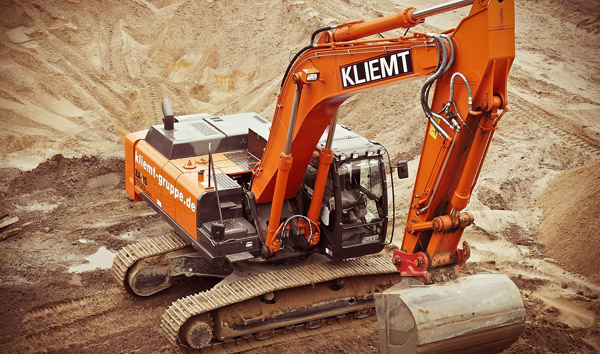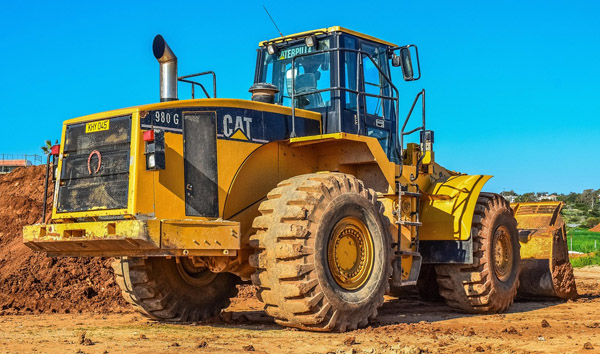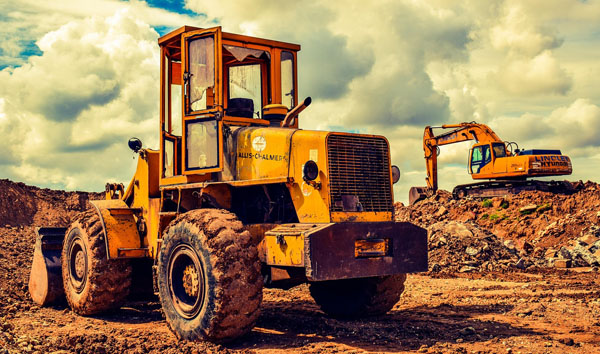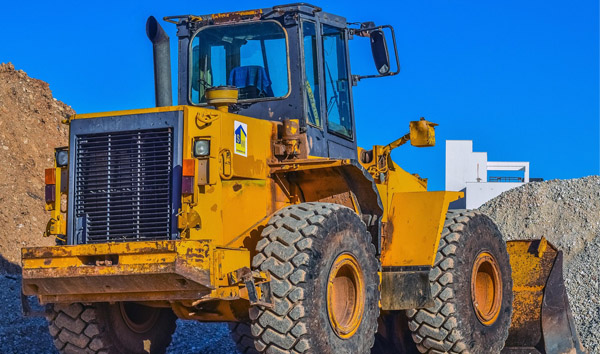Revolutionizing Heavy Lifting: The Future of Rough Terrain Forklift Energy Efficiency
2025-07-28 05:30:29
The construction, mining, and agriculture industries rely heavily on Rough Terrain Forklifts to handle heavy loads in challenging environments. However, traditional models often consume excessive fuel, leading to high operational costs and environmental concerns. The latest energy-saving technology is changing the game, offering smarter, more efficient solutions without compromising power. By integrating advanced hydraulic systems, hybrid engines, and intelligent power management, these innovations are setting new standards for performance and sustainability.
One of the most significant breakthroughs in rough terrain forklift energy-saving technology is the adoption of hybrid powertrains. These systems combine diesel engines with electric motors, allowing operators to switch between power sources based on workload demands. For example, during light lifting tasks, the electric motor takes over, drastically reducing fuel consumption. Tests show that hybrid rough terrain forklifts can cut fuel usage by up to 30%, making them a cost-effective choice for long-term operations. Additionally, regenerative braking systems capture wasted energy, further enhancing efficiency.
Another key advancement is the optimization of hydraulic systems. Traditional rough terrain forklifts often suffer from energy loss due to inefficient fluid dynamics. Modern designs now incorporate variable displacement pumps and load-sensing valves, ensuring hydraulic power is delivered precisely when and where it’s needed. This not only reduces fuel consumption but also minimizes wear and tear on components, extending the machine’s lifespan. Industry data indicates that these upgrades can improve energy efficiency by 15-20%, making them a must-have for businesses focused on sustainability.
Intelligent energy management systems (EMS) are also playing a crucial role in maximizing rough terrain forklift efficiency. These systems monitor real-time performance metrics, such as engine load and hydraulic pressure, and automatically adjust operations for optimal energy use. Some models even feature AI-driven predictive analytics, which anticipate workload patterns and adjust power distribution accordingly. For companies operating multiple rough terrain forklifts, this technology can lead to substantial fuel savings—up to 25% annually—while reducing carbon emissions.
The future of rough terrain forklift energy-saving technology looks even brighter with the rise of alternative fuels. Biofuels, hydrogen cells, and fully electric prototypes are being tested, promising zero-emission solutions for heavy-duty applications. While these options are still in development, early results show immense potential. For now, businesses can already benefit from hybrid and smart hydraulic systems, ensuring their rough terrain forklifts operate at peak efficiency. By investing in these innovations, companies not only cut costs but also contribute to a greener, more sustainable industrial landscape.














